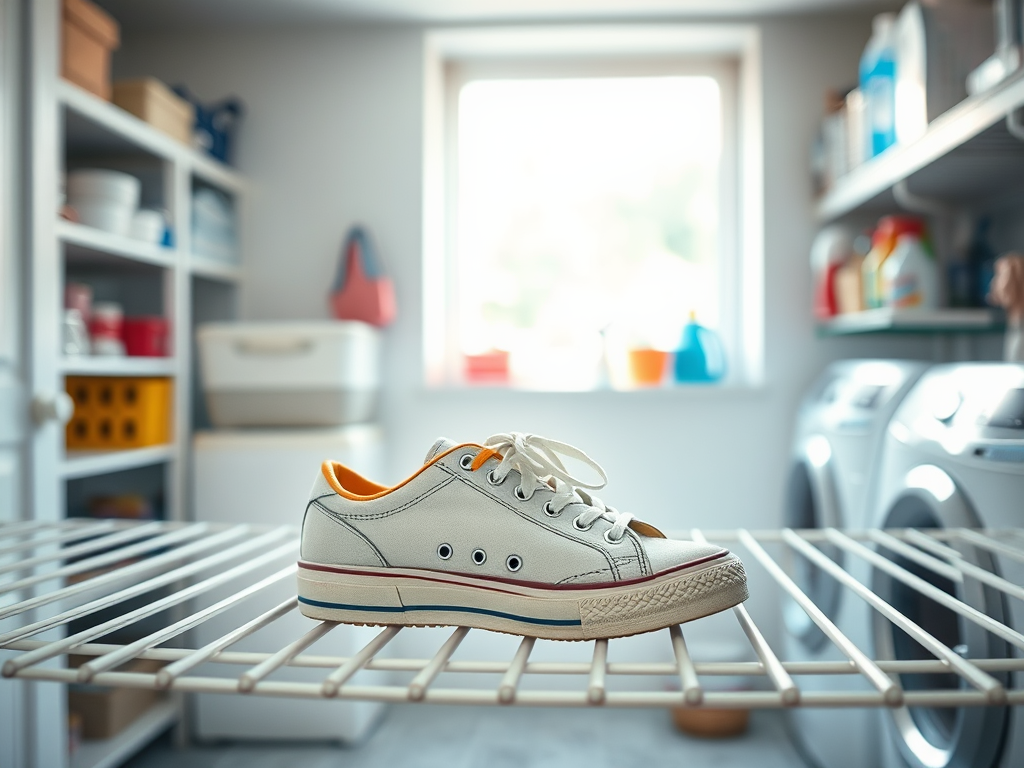Carpet stain removal is both an art and a science, a practical skill that every homeowner should master. Whether you have children, pets, or simply enjoy entertaining, accidents are bound to happen. Understanding the underlying mechanisms of how these stains occur and the best practices to remove them can save you time, money, and stress. With the right knowledge, even the trickiest stains can be handled with confidence. In this guide, we will explore the composition of carpet fibers, the different types of stains, and effective cleaning methods to keep your carpets looking brand new.
The Composition of Carpet Fibers

One of the first steps in effective stain removal is understanding the variety of carpet fibers available. Different materials react differently to spills and stains, which can greatly influence your cleaning approach. Choosing the right carpet fiber is about more than aesthetics; it’s about equipping yourself for future challenges. Knowing the strengths and weaknesses of nylon, polyester, and wool can help you tailor your stain removal techniques and products for better results.
- Nylon: Recognized for its durability and resistance to wear and tear. It can resist many stains but tends to absorb oil-based substances.
- Polyester: Known for excellent color retention and affordability, though it’s less resilient under heavy foot traffic.
- Wool: A luxury option that absorbs moisture and stains easily; requires gentle handling and special cleaning solutions.
Common Types of Carpet Stains

Identifying the nature of a stain is crucial for its successful removal and treatment. Different types of stains require unique approaches, and knowing how best to tackle them can save you a lot of frustration. From food spills to pet accidents, understanding the types of stains you might encounter can keep your carpets in optimal condition. Below is a categorization of common stains, so you know exactly what you might be facing.
| Stain Type | Common Sources | Suggested Cleaning Approach |
|---|---|---|
| Food | Grease, sauces, and residues | Natural cleaners; blot first, then use soap solutions |
| Beverage | Coffee, tea, red wine | Immediate blotting; vinegar/water solution |
| Pet | Urine, feces, hair | Enzyme-based cleaners; thorough rinse required |
The Science of Stain Removal
To effectively remove stains, it’s essential to understand how different cleaning solutions function. Many commercial products contain specific ingredients that target the chemical structure of the stain, making them more effective. Surfactants, for instance, facilitate the breaking down of stains by lifting them away from carpet fibers. Enzymatic cleaners break down organic matter, such as those found in pet stains, rendering them easier to wash away. Understanding these concepts can empower you to select the right tools for your cleaning arsenal.
The pH balance of a cleaning agent plays a vital role in its effectiveness. Most carpets require a neutral pH level (around 7) to avoid damage or discoloration. When the pH level is too high or too low, not only can it fail to remove stains, but it can also harm the carpet fibers. This is particularly important when considering the use of DIY solutions. A solution that’s too acidic or caustic can lead to permanent damage, making it increasingly important to be informed about pH levels.
DIY Carpet Stain Removal Techniques
Performing DIY carpet stain removal is often both a cost-effective and viable option for minor stains. The right home remedies can be surprisingly effective, and the ingredients are commonly found around most households. Here are some of the most widely used home remedies that can save your carpets from unsightly stains without breaking the bank:
- Baking Soda and Vinegar: A classic combination that neutralizes odors and lifts stains. Apply baking soda, spray with vinegar, allow it to fizz, then blot.
- Dish Soap and Warm Water: An effective mixture for grease particles. Mix thoroughly and use a clean cloth to blot the area.
- Salt and Club Soda: Particularly effective for wine stains; pour club soda over the stain, follow with salt to absorb.
Professional Carpet Cleaning Options
When home remedies fall short, it might be time to consider professional cleaning services. Professional cleaners possess specialized equipment and products that can tackle stubborn stains and restore carpets to their original condition. Their expertise allows them to address issues that may seem impossible to resolve. Hiring professionals is a practical choice for persistent stains or larger cleaning tasks.
- When stains have set in for an extended period of time.
- For treatment of complex stains caused by dyes or chemical spills.
- If the carpet fabric is delicate and you are unsure about cleaning methods.
Conclusion
Understanding the dynamics of carpet stain removal enables you to face unexpected spills and accidents with confidence. With a blend of knowledge on fiber compositions, stain types, effective DIY techniques, and when to call in professional help, you’ll be well-equipped to keep your carpets looking pristine. Remember, prevention is also key; applying protective treatments and quickly addressing spills can greatly prolong the life and appearance of your carpets.
Frequently Asked Questions
- What is the best way to remove a red wine stain from carpet? Use a mixture of dish soap, white vinegar, and warm water; blot the stain gently.
- How can I remove pet urine stains from carpet? Clean the area with an enzyme-based cleaning solution and thoroughly rinse with water.
- Are professional cleaning services worth it? Yes, especially for tough stains that are difficult to remove on your own.
- Can I use bleach on my carpet stains? Bleach is not recommended for most carpets as it can discolor fibers. Always check fiber type first.
- What are some precautionary measures to avoid carpet stains? Use area rugs, promptly clean spills, and avoid eating in carpeted areas to minimize risk.



